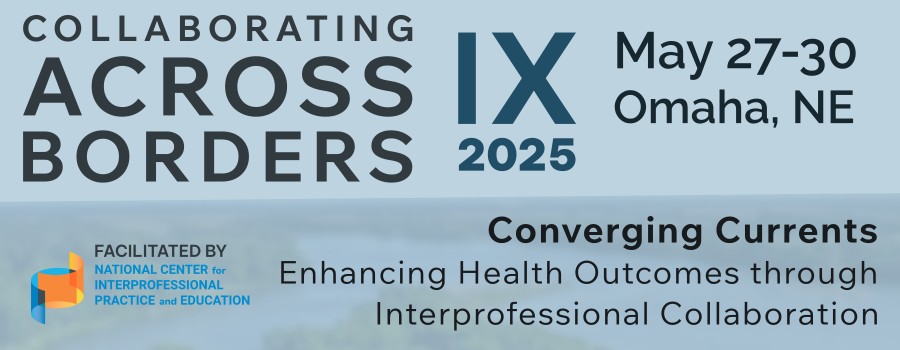Expose Yourself! Starting IP Learners with a Blend of IPEC and Cultural Competencies
- Innovative Approaches to Interprofessional Pedagogy and Education Science
For more than a decade, bimonthly Knowledge Exchange (KE) events have been offered to health professions students at our university. KEs blend contemporary social and healthcare topics with interprofessional competencies that supplement curriculum. KE content is consistent with IPEC sub-competencies (IPEC, 2023) covering topics such as diversity, equity, and cultural humility (Madrak et al, 2023) and those that support quintuple aims such as improving health access, respecting diversity among professions, provider wellness, and addressing power dynamics in the health professions (Nundy et al, 2022). Most include speakers who bring lived experience to the presentation.
KEs are delivered virtually making them accessible to students, faculty, and to statewide health professions communities. Each session includes an experiential segment where students break into small facilitated interprofessional groups to respond to what they have learned, report out their findings, and debrief.Session outline with active learning strategies: This participatory task-oriented small group educational experience for beginner and intermediate IP educators will describe and demonstrate the process of building, operationalizing and assessing an accessible and engaging type of exposure-level activity. Participants will collaboratively design an event appropriate for their setting, (using best practices to develop marketing, promotion, breakout discussions, debriefs and assessments). Participants will also learn about and brainstorm their own strategies for engaging with potential presenters as designers and educators who have lived experience of the chosen topic.
Learning Objectives
- Explore methods to create and implement meaningful exposure activities that connect IPEC sub-competencies with social and cultural learning.
- Discuss ways to gain faculty IPE buy in through partnering to support curricular requirements and meet accreditation standards.
- Learn how to evaluate exposure events collaboratively with presenters to enhance future IPE curricular and extracurricular programming.
References
- References (3-5):
- El-Awaisi, A., Anderson, E., Barr, H. , Wilby, K. J., Wilbur, K., & Bainbridge, L. (2016). Important steps for introducing interprofessional education into health professional education. Journal of Taibah University Medical Sciences, 11(6), 546-551.
- Hamilton, J. (2011). Two birds with one stone: Addressing interprofessional education aims and objectives in health profession curricula through interdisciplinary cultural competency training. Medical Teacher, 33(4), e199–e203. doi: https://doi.org/10.3109/0142159X.2011.557414
- Interprofessional Education Collaborative. (2023). IPEC Core Competencies for Interprofessional Collaborative Practice: Version 3. Washington, DC: Interprofessional Education Collaborative.
- Madrak, E., Volberding, J. L., Harrison, A., Bray, N., Farrar, N., Murray, K., O’Brien, M. S., Wymore, R., Davidson, B., & Drinnon, S. (2023). Improving interprofessional practice and cultural competence with interprofessional education. Health, Interprofessional Practice and Education, 5: 4, 1–9. doi: https://doi. org/10.61406/hipe.299.
- Nundy, S., Cooper, L. A. & Mate, K. S. (2022) The quintuple aim for healthcare improvement: A new imperative to advance health equity. JAMA, 327(6), 519-522.





